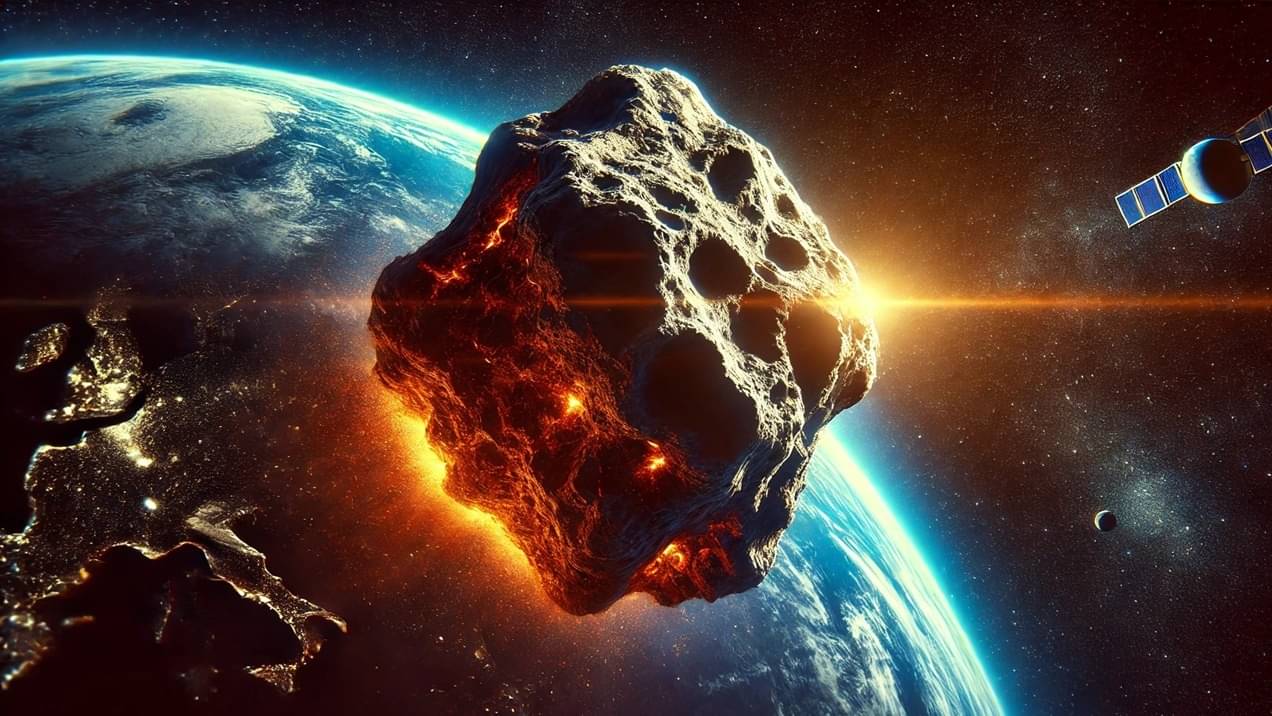Travel to another galaxy
Inter-galactic travel, a concept deeply ingrained in human curiosity and imagination, prompts us to ponder the limits of our technological prowess and the vastness of the cosmos. Can we truly journey beyond our own Milky Way galaxy and explore the depths of distant galaxies?Travel to another galaxy, the concept of journeying beyond our own Milky Way galaxy to explore distant galaxies, has long captivated human imagination. While science fiction often portrays such voyages as routine, the reality of inter-galactic travel presents immense challenges rooted in the laws of physics, technological limitations, and the vast distances involved.
This article delves into the feasibility of inter-galactic travel, considering the monumental challenges and theoretical possibilities that lie ahead.
Summary of Article
– Understanding the vastness of the universe andTravel to another galaxy.
– Exploring the technological challenges inherent in inter-galactic travel.
– Discussing theoretical propulsion concepts that could enable such journeys.
– Considering the role of unmanned probes in inter-galactic exploration.
– Reflecting on the implications and possibilities of venturing beyond our galaxy.
Unraveling the Mysteries of Inter-Galactic Travel(Travel to another galaxy)
Inter-galactic travel, the dream of traversing the cosmic expanse between galaxies, faces monumental challenges rooted in the fundamental laws of physics and the immense distances of space. At the core of this endeavor lies the understanding of the scale of the universe, where galaxies are cosmic islands separated by unfathomable distances, each containing billions to trillions of stars and celestial phenomena.
As humans contemplate the possibility of embarking on inter-galactic voyages, one of the foremost obstacles is the sheer magnitude of the distances involved. The Milky Way, our home galaxy, spans approximately 100,000 light-years in diameter, while neighboring galaxies such as Andromeda lie millions of light-years away. Such distances render conventional modes of transportation utterly inadequate for inter-galactic travel.
The universe, with its billions of galaxies, each comprising billions of stars, presents a mind-boggling expanse. Among these celestial islands, galaxies are separated by unfathomable distances, measured in millions and billions of light-years. The nearest major galaxy, Andromeda, lies millions of light-years away from our own Milky Way. Such distances dwarf the scale of human comprehension and pose formidable challenges to inter-galactic travel.
Planet Venus Luminescence: A Magnificent Light in Space (youtube.com)
Navigating Technological Hurdles
Even if humanity were to overcome the logistical challenge of spanning inter-galactic distances, the technological hurdles remain daunting. Current propulsion systems, reliant on chemical rockets and ion drives, lack the speed and efficiency required for traversing cosmic expanses within a reasonable timeframe. The energy demands of sustaining a voyage spanning millions of light-years exceed our current capabilities, necessitating the development of revolutionary propulsion technologies.
Among the theoretical concepts that have captured the imagination of scientists and science fiction enthusiasts alike is the idea of warp drives. These hypothetical propulsion systems, inspired by the principles of general relativity, propose bending the fabric of space-time to enable faster-than-light travel. While tantalizing, the feasibility of warp drives remains speculative, requiring advancements beyond our current understanding of physics and energy manipulation.
Things Elon Musk Didn’t Understand About AI – AI Summit | Maya (mayathevoice.com)
Propelling Humanity into the Cosmos
The quest for Travel to another galaxy extends beyond mere technological innovation; it embodies humanity’s insatiable curiosity and indomitable spirit of exploration. While crewed missions to distant galaxies remain a distant prospect, unmanned probes have already begun to pave the way for inter-galactic exploration. The Voyager spacecraft, launched over four decades ago, continue to venture into the uncharted realms of interstellar space, providing invaluable insights into the outer reaches of our solar system.
Conclusion: Pondering the Boundless Horizons
In conclusion, the prospect of inter-galactic travel captivates the human imagination, beckoning us to contemplate the mysteries that lie beyond the familiar confines of our galaxy. While formidable challenges loom on the horizon, from the vast distances of space to the technological barriers that stand in our path, the quest for exploration remains an integral part of the human experience. As we gaze upon the stars, we are reminded of our boundless curiosity and the infinite possibilities that await us in the cosmic expanse.Inter-galactic travel remains a tantalizing prospect, blending scientific curiosity with human ambition. While theoretical concepts and technological advancements offer glimpses of what may one day be possible, the practical challenges of traversing the vast distances between galaxies are formidable. As our understanding of physics and engineering evolves, so too may our ability to one day journey among the stars beyond our own Milky Way. Until then, inter-galactic travel remains a dream that inspires scientists, engineers, and storytellers alike.
For further exploration of space travel and cosmic wonders, consider reading our related blogs on the wonders of the universe and the search for extraterrestrial life.





Visa в англию можно найти здесь
[url=https://visa-v-uk.ru/]https://visa-v-uk.ru/[/url]
This platform is unbelievable. The magnificent data uncovers the distributer’s excitement. I’m shocked and expect additional such astonishing posts.
Wow, incredible weblog layout! How long have you ever been running a blog for?
you made running a blog glance easy. The full glance of your website is
magnificent, as well as the content! You can see similar:
sklep online and here ecommerce
I do agree with all the ideas you have introduced on your post They are very convincing and will definitely work Still the posts are very short for newbies May just you please prolong them a little from subsequent time Thank you for the post